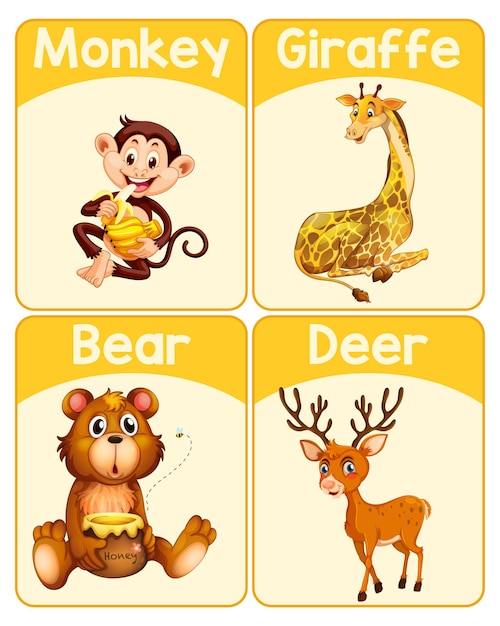Curious and Fascinating Animal Fun Facts

Did you know that dolphins have their own names and use a unique whistle to communicate with each other?
The tongue of a blue whale is so large that 50 people could stand on it!
Sloths only poop once a week, and it can take them up to half a minute to complete the process!
Cows have best friends and get stressed if they are separated from them.
A kangaroo’s tail helps them balance, act as a support while sitting, and can even be used as a fifth leg.
Octopuses have three hearts – two for pumping blood to the gills and one for the rest of the body.
Elephants can recognize themselves in the mirror, just like humans and dolphins.
The tongue of a chameleon can be longer than its body, enabling it to catch insects from a distance.
Cheetahs cannot roar like other big cats; instead, they make a unique chirping sound.
Bats are the only mammals capable of sustained flight.
A group of penguins in the water is called a raft, while a group on land is called a waddle.
Despite their large size, hippos can run faster than humans, reaching speeds of up to 19 miles per hour.
The brain of a goldfish may be small, but it has an impressive memory span of up to three months.
Some species of sharks can go into a trance-like state when flipped upside down, known as tonic immobility.
Giraffes have the same number of neck vertebrae as humans, but theirs can be up to ten times longer!
Curious and Fascinating Animal Fun Facts part 2
Honeybees communicate through dance; they perform a waggle dance to inform others about food sources.
Koala bears have fingerprints that closely resemble human fingerprints.
Turkeys can blush when they are excited or stressed, causing their heads and necks to turn bright blue.
Squirrels can’t burp or vomit, making their digestive system unique among mammals.
The purple frog spends most of its life underground and is rarely seen by humans.
Barn owls can eat up to 1,000 mice each year, making them a farmer’s best friend.
An ostrich’s eyes are bigger than its brain.
The tongue of a hummingbird contains tiny hairs to help capture insects and nectar.
Praying mantises can turn their heads 180 degrees and have a unique ability to camouflage themselves.
Some ants keep aphids as cattle to milk them for their sweet secretions.
The quokka, native to Western Australia, is known as the happiest animal in the world due to its constant smile.
A group of flamingos is called a flamboyance.
Polar bears have black skin to absorb and retain heat from the sun.
Wombat poop is cube-shaped, making it easier to stack and mark territory.
Hyenas have a matriarchal society, where females are larger and more dominant than males.
The laughter of a kookaburra sounds like human laughter and can be heard up to six miles away.
Certain types of male fireflies use their blinking patterns to attract females, and if a female likes what she sees, she’ll blink back.
A common honeybee will only produce about 1/12th of a teaspoon of honey during its entire life.
Male Emperor penguins are responsible for incubating the eggs while females go out to hunt.
Axolotls can regrow entire limbs, spinal cords, and even parts of their heart and brain.
The blue-footed booby’s bright blue feet are an attractive feature during courtship displays.
Male seahorses are the ones who carry and give birth to their young, not the females.
A single honeybee will visit around 50 to 100 flowers during a collection trip.
Pufferfish inflate themselves into a ball-like shape to scare away predators.
The noseprint of a dog is unique, just like a human’s fingerprint.
A group of butterflies is called a kaleidoscope.
A newborn kangaroo is about one inch long and completely blind.
The narwhal’s long tusk is actually a tooth that can grow up to 9 feet long.
The tail of a skunk is used as a warning signal before spraying its foul-smelling scent.
The venom of a cone snail is so potent that it can paralyze and kill its prey instantaneously.

